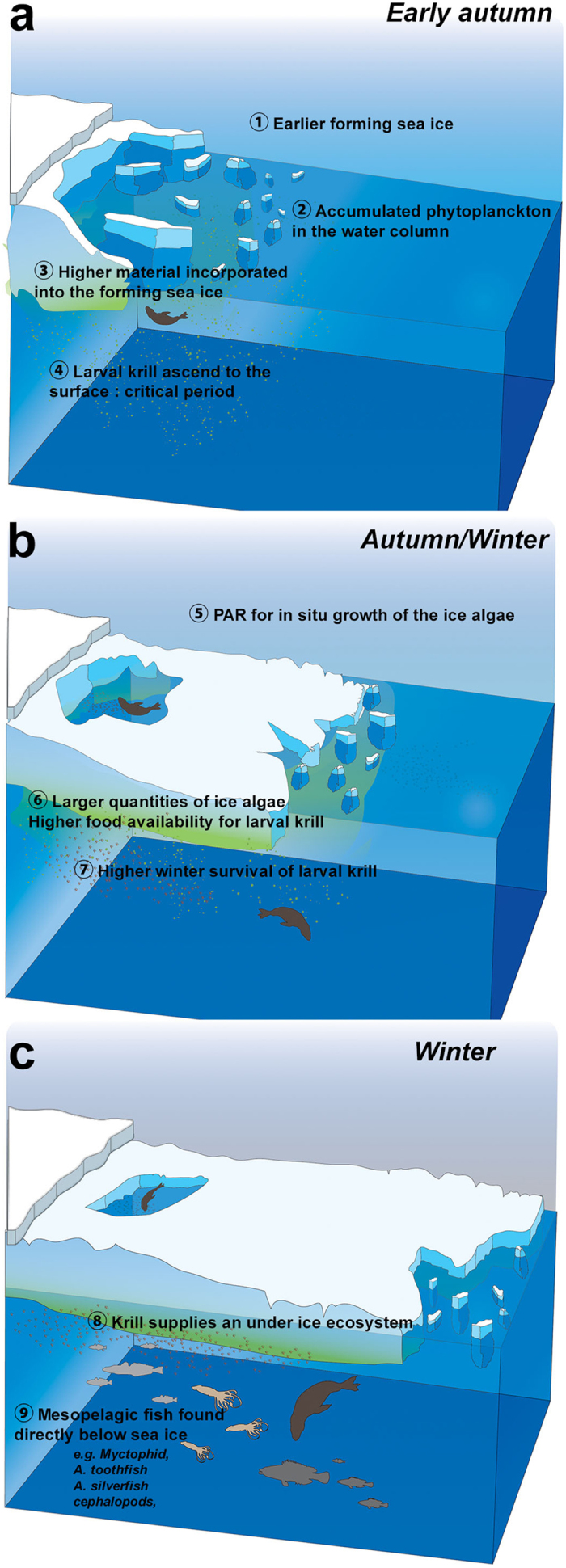Figure 6. Schematic illustration of mechanisms underlying relationships between earlier sea ice advance and increased seal foraging activity.

Conceptual model developed by refs 48, 50. A critical period is when sea ice advances in autumn at a time and location where larval krill ascend to surface waters, requiring food and refuge. The earlier the sea ice formation, the greater the amount of phytoplankton incorporated from the water column into the forming ice (a). The greater the amount if photosynthetically available radiation (PAR) for growth of the ice algae, the higher the food availability for krill, leading to higher survival rates in juvenile krill (b). In turn, krill supplies an under-ice ecosystem that favours SESs in winter. For example some mesopelagic organisms usually inhabiting deep water are found directly below sea ice in the pack ice areas (c) refs 32, 68, 69, 70. The illustration was made by Indi Hodgson-Johnston from Adobe Stock.
